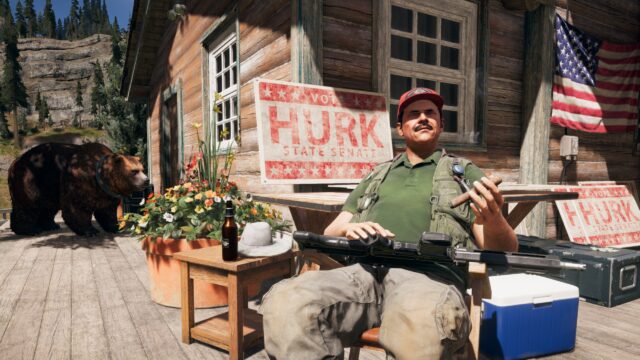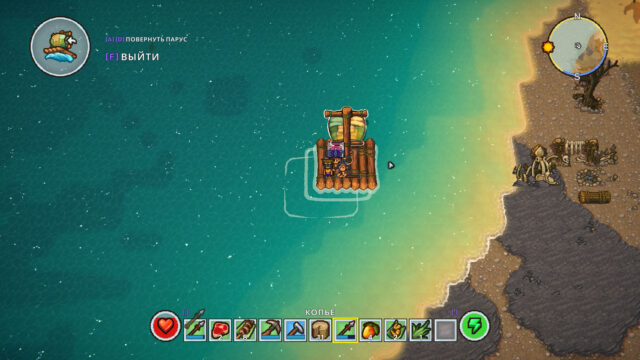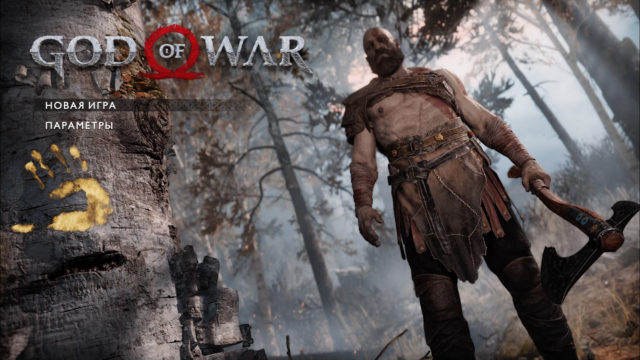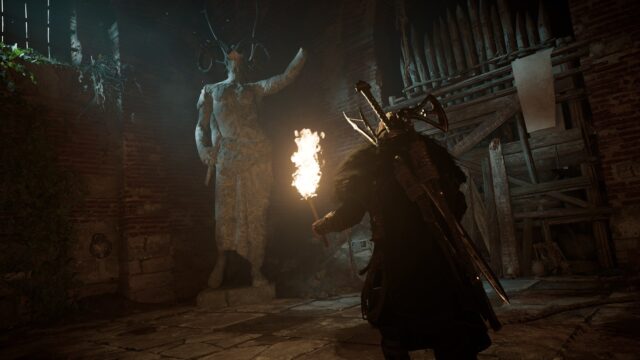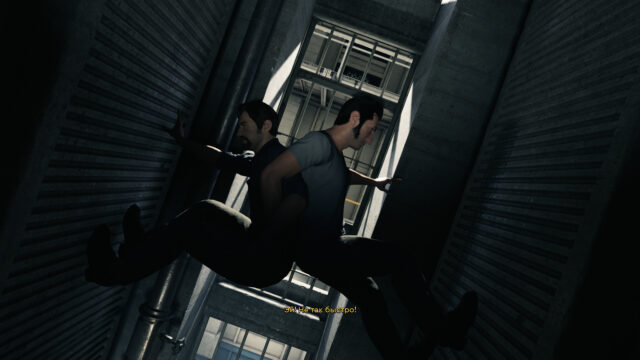Tom Clancy’s Splinter Cell: Blacklist Review
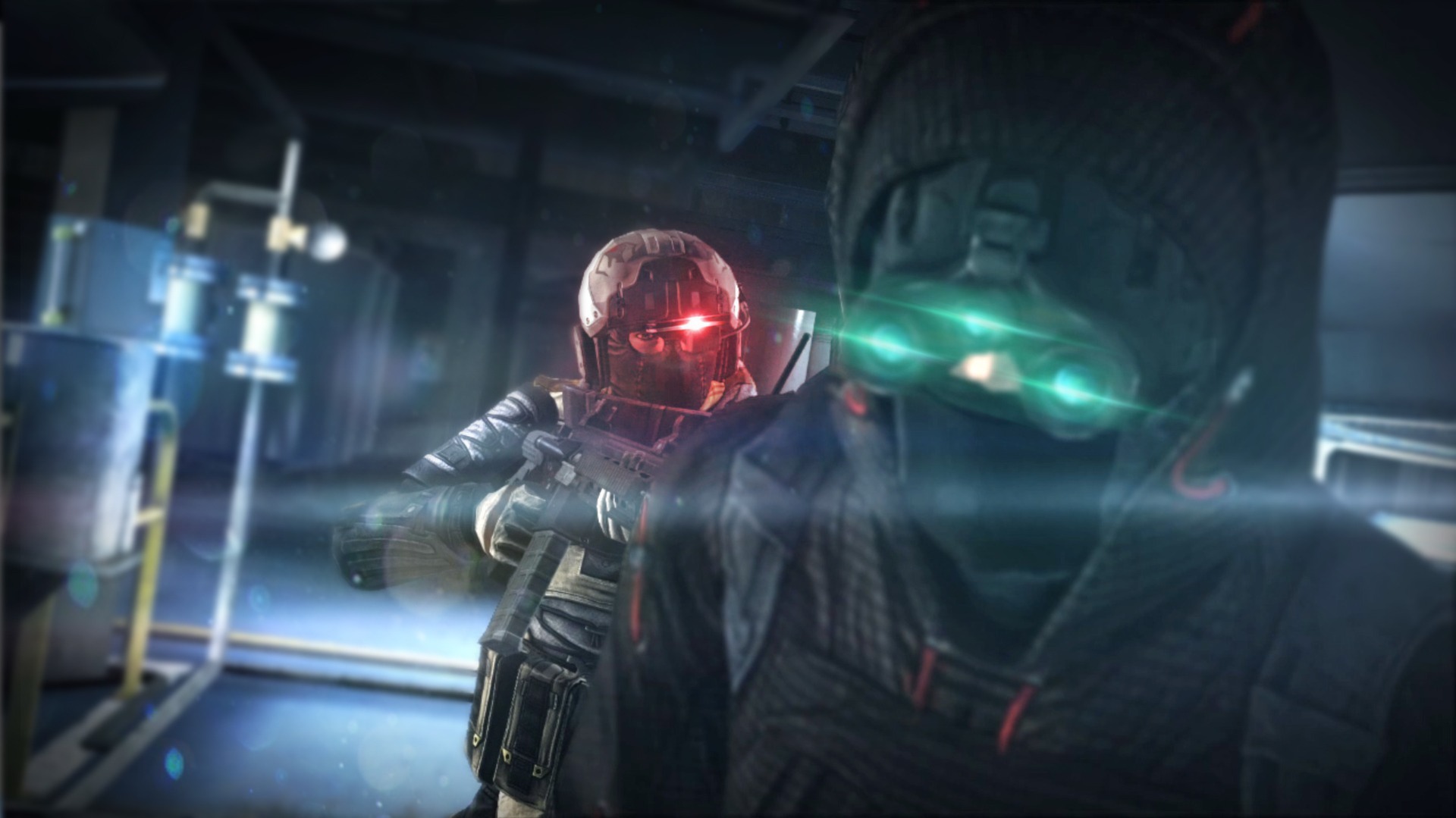
Splinter Cell – one of the series, which clearly does not benefit from sequels. There have been so many of them – including the latest Conviction, teetering on the brink of madness – that only the most devoted fans can distinguish them. For everyone else, it’s a shapeless mess of sneaky guys and slit throats. But Blacklist is not just another conveyor product. It is not only an exemplary example, excuse the oxymoron, of action-stealth – it is also the best Alien game in years.
Yes, yes, everything is written correctly, you didn’t imagine it. Keep reading and you’ll understand what it’s about.
Splinter Cell: Blacklist wants to look cool and daring, but at the same time it offers extensive customization options. Remember Sam’s goggles with three lenses? You can make them pink. And you can also dress in the latest military fashion. The plot of Blacklist revolves around the idea of Saving America by One Man – and I can’t help but think that snapping terrorists’ necks will be more enjoyable in pink goggles.

I can give you one useful advice right away: if you are interested in this game at all, buy it on Steam. I played through uPlay, and it was awful; when I first launched Blacklist, it took me 15 minutes to load and almost the same amount of time to install the release version patches. Well, I can forgive that. The same thing happened the second time with version 1.1. The third time the game happily started processing version 1.2. And this was within two days. Ubisoft needs to fix this crap, it’s monstrous.
Other than that, Blacklist is wonderful! One of the most enjoyable features is the integration of single-player, multiplayer, and co-op in Paladin – the plane where Fisher and his team reside between missions. In the center, there is a global map with mission selection, and in different compartments, you can customize equipment and upgrades. To be cynical, yes – it’s just a fancy menu, but I admire how it gradually expands and includes everything that Fisher might need.
The Blacklist campaign is slightly different from Conviction – for those who missed it, all the espionage there involved smashing skulls against solid surfaces. Occasionally, you also had to hide from enemies, listening to their malicious threats. But then you still smashed their heads. Blacklist returns to more spy-themed elements with hiding in shadows and using gadgets, where everything is built around three playstyles: Ghost, which implies you as Mr. Invisible, Panther – you hide, but at the same time kill enemies, and Assault for tough guys with cigars in their mouths, who don’t understand why they should hide from these pathetic communists.
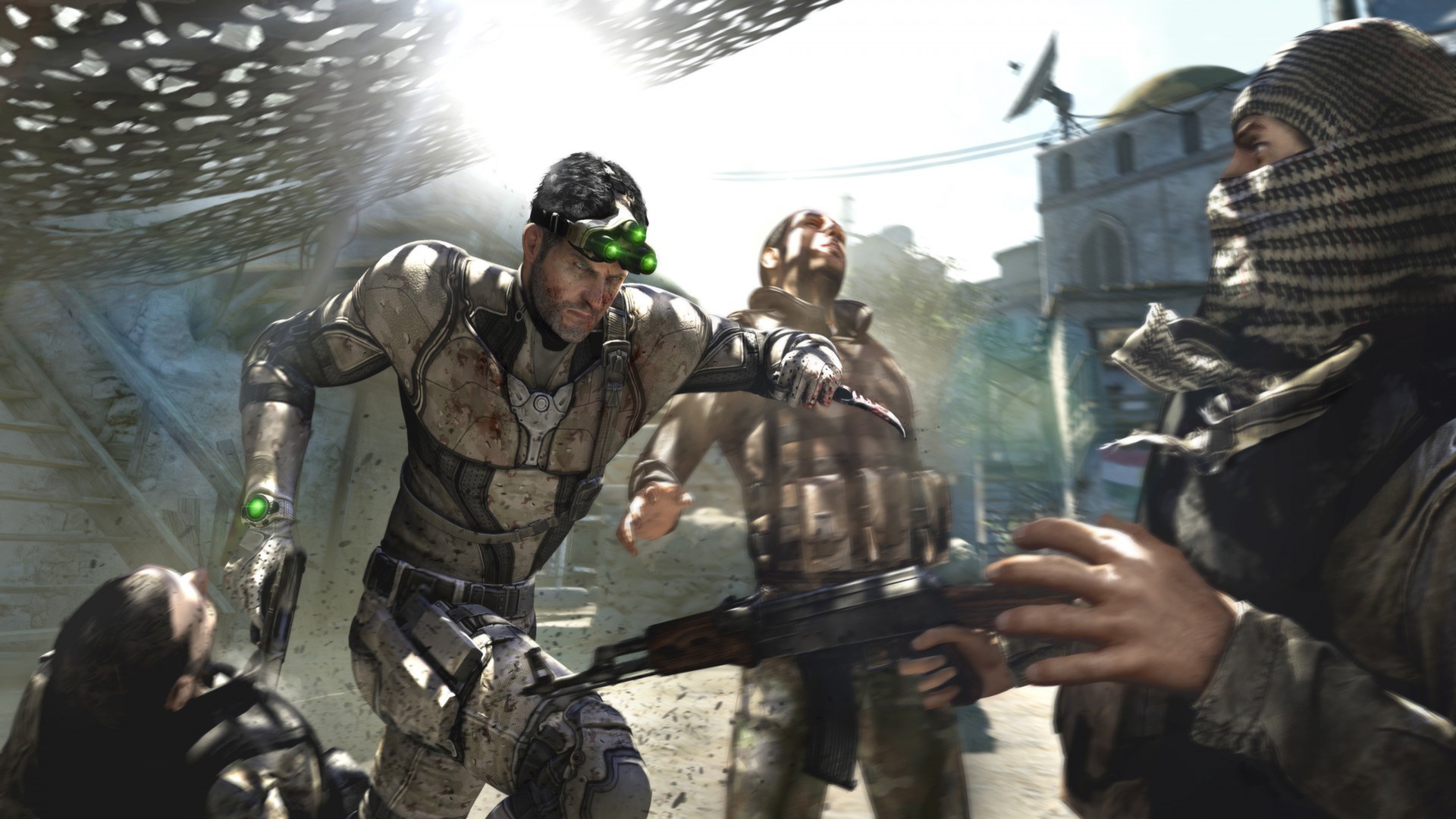
I am not a representative of the elite insisting on playing all games on Hard difficulty (in this case, Realism), but the single-player campaign of Blacklist will truly shine when enemies stop looking in one direction – on Normal, they completely fail to notice you unless you dance right in front of them in broad daylight.
The high difficulty adds interest because the beauty of playing as Sam Fisher lies not in the amazing assortment of his toys – although they are cool – but in his skillful interaction with the environment: from quick and silent movements in narrow corridors to smooth, sliding maneuvers in more open arenas. Of course, Blacklist is a linear game, but there are no rails you can’t deviate from, and there are always multiple ways to get the job done.
The best environmental element utilized in several modes is shadows. The dense darkness becomes a home, and every light source begs to be turned off or shot out. Special mention goes to flashlights on enemy weapons: when the enemy knows you’re nearby, their beams start tracing deadly patterns in the darkness. When Fisher has to navigate well-lit areas, you feel scared and defenseless, as if someone turned on the lights in your bedroom at 6 in the morning.
I wasn’t expecting anything special from the Blacklist campaign, so it impressed me. Naturally, it’s all in the spirit of Tom Clancy, but for super-serious spy thrillers, it develops at a decent pace, shedding light on current geopolitics. One drawback is the cover mechanics – they are slightly inconvenient, which may sound like a serious downside, although in practice, it’s not that bad. However, when talking about Splinter Cell games, this is the best one in the last decade.
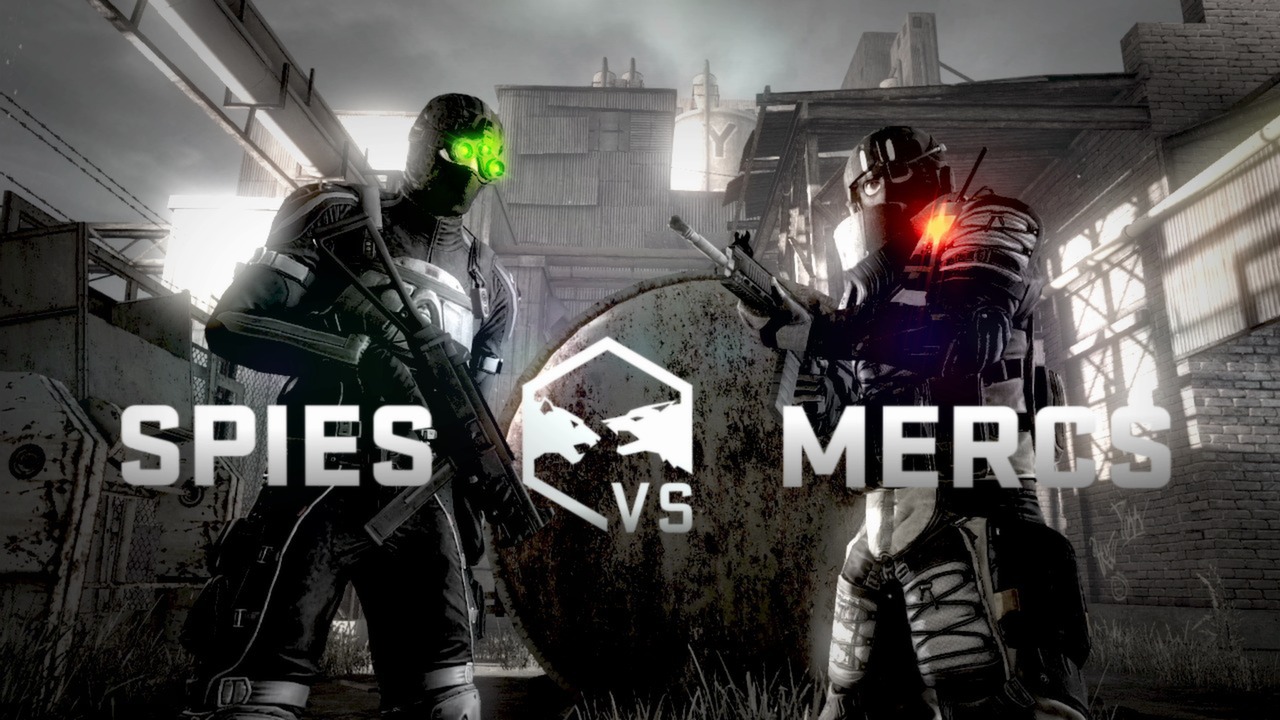
The most amazing thing is that it also includes – brace yourself – the best game about Aliens during that same time. The Spies vs Mercs mode, ripped from Conviction, triumphantly returns in the new game – and it is remarkable, thanks to the blending of first-person perspective with standard third-person gameplay.
Here’s how it all works: there are terminals A, B, and C on the map. Two spies need to hack them, but only one can be hacked at a time. Two mercenaries need to prevent the hack using their big guns. Spies are controlled in third-person view and are overall similar to Fisher – they can climb anywhere, equipped with various gadgets for disorienting and stunning enemies, and can instantly kill them by getting close or taking advantageous positions. When someone starts hacking, they are forced to stay within reasonably limited boundaries for a minute, and during this time, the Mercenaries are already alerted and rushing to attack.
Mercenaries are controlled in first-person view, they move slower than Spies, noisily and clumsily, but they can make sudden dashes. What becomes instantly clear in the game or even by reading these lines is how limited the field of view is compared to the standard view. You have a motion sensor. You have a bunch of equipment to kill anything within sight. And you only see a small part of the level, illuminated by your flashlight, when everything around is shrouded in darkness and the sounds of hurried footsteps can be heard.
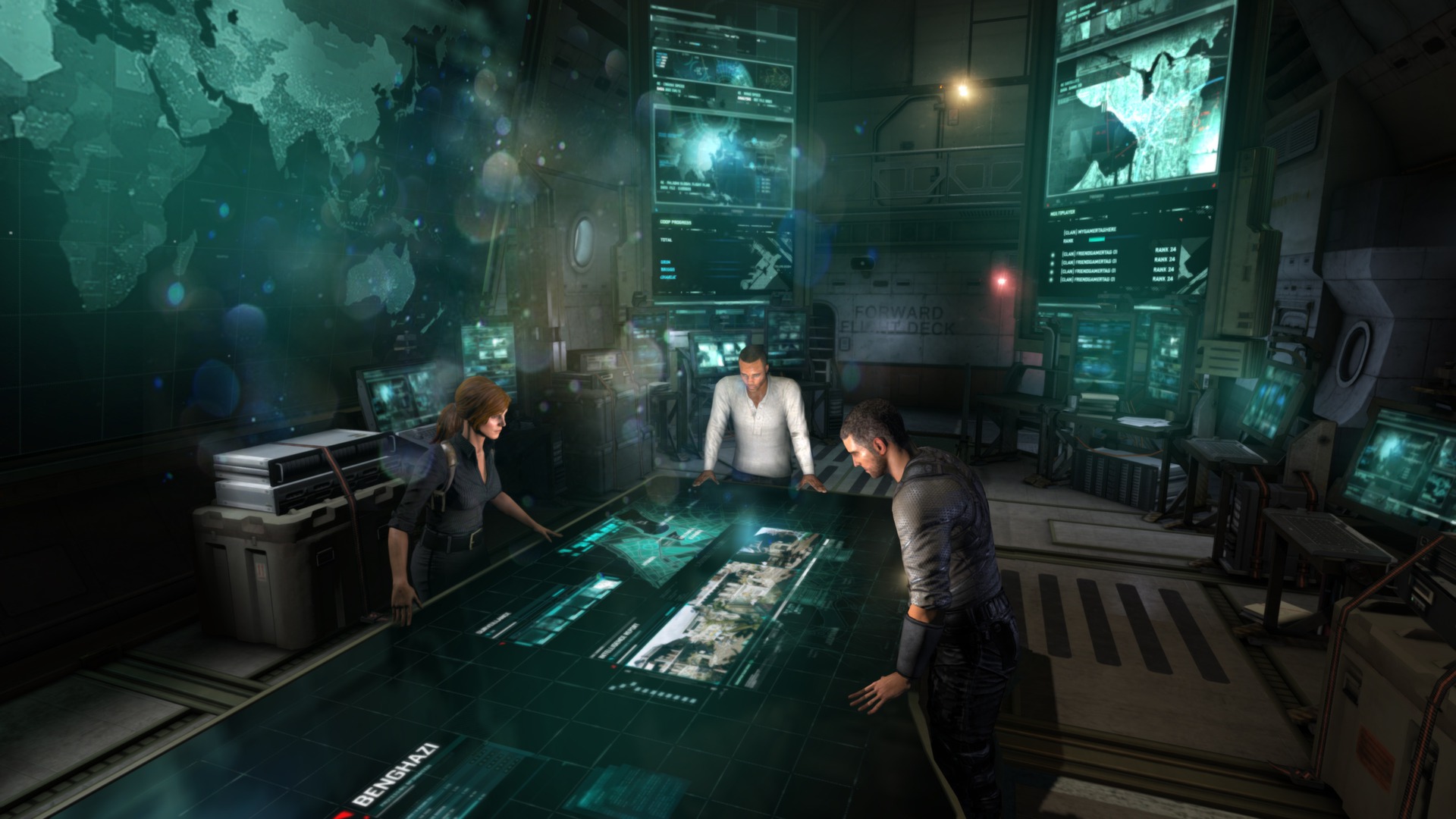
Playing as a Spy, you feel vulnerable. You can’t inflict much damage, and if the Mercenary notices you, you can only hope for a quick respawn. But playing as a Mercenary is even scarier. You and your partner constantly stick together, carefully scanning rooms with flashlights and covering each other’s backs, but when the hacking starts, you need to hurry to where you are definitely ambushed.
Maybe it’s worth splitting up to quickly check all the rooms? It sounds good, but a few seconds later your partner is already dead, you rush to the scene, and there… nothing. The motion sensor detects something slightly above and to the left. You step forward, nervously licking your lips, and receive a knife between your shoulder blades.
This is the classic 2v2 mode, and it’s fantastic! Maybe comparing it to Aliens is not quite appropriate, but they are the ones that came to mind. Yes, here you will need a friend with their own copy of Blacklist and voice chat for maximum immersion, but still – it’s similar. As for the drawbacks, I can only point out one that needs to be fixed as soon as possible: several times I played against experienced players who learned all the respawn points and started fooling around. It was more of an exception than a rule, but if the respawn points are not made more diverse, it will become a common occurrence.
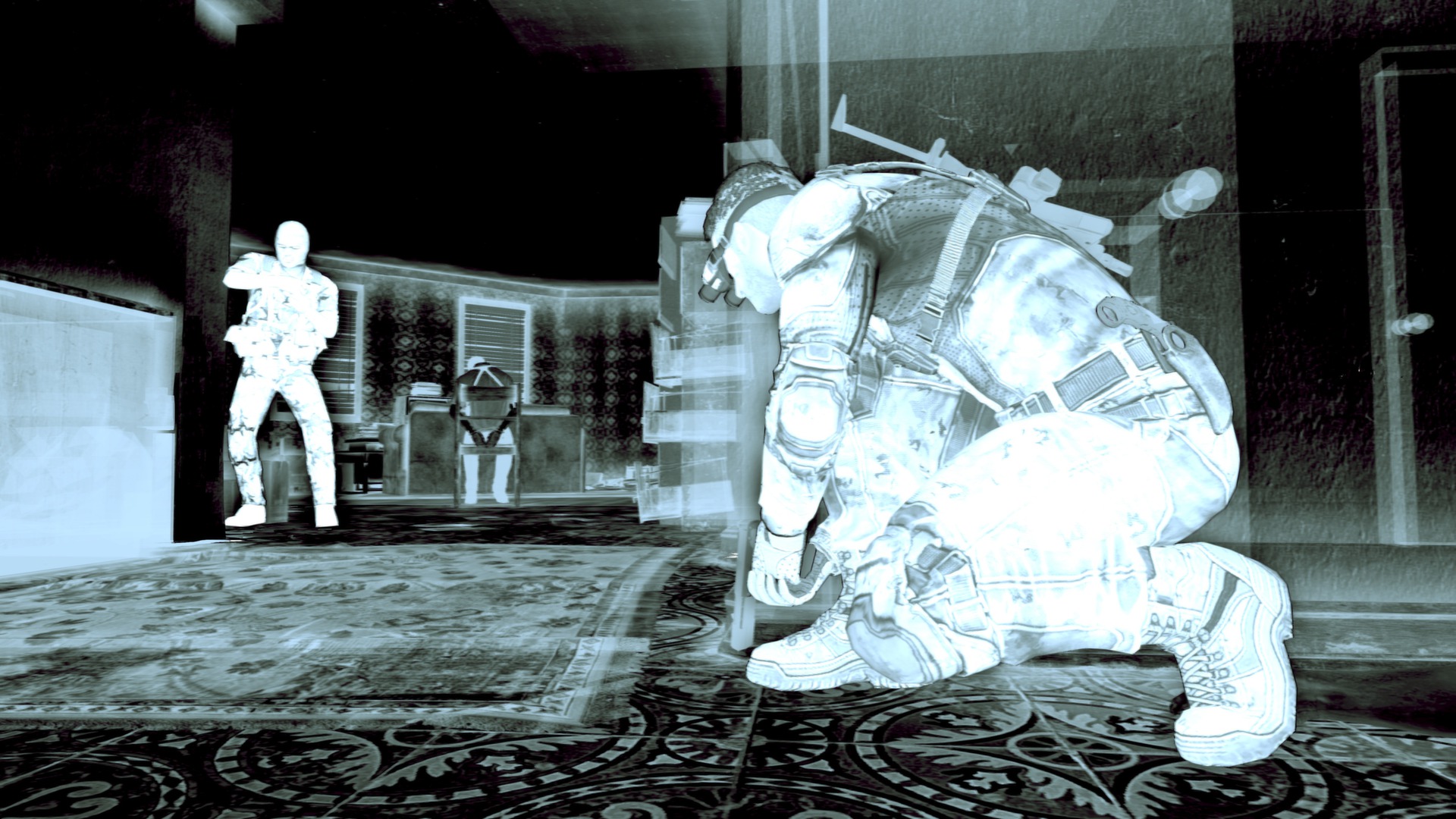
In Blacklist, there are other multiplayer modes, but I can only highlight Spies vs. Mercs in a 4v4 format, where there is much more chaos and shooting. It’s not just about having more players, but it also allows for changing equipment (in 2v2, it’s fixed). You can also play campaign missions in co-op – in fact, some can only be played in co-op. Although it was tempting to complete all of them, after playing with a friend until halfway through the first wave challenge, we decided to go back to classic Spies vs. Mercs. No hard feelings.
This mode is truly excellent and is the cherry on top of an impressive cake. I’ve always enjoyed playing Splinter Cell from time to time, and although I never plastered my walls with posters of Sam Fisher, Blacklist became one of the most pleasant surprises of the year for me.
Despite the fact that the world of Splinter Cell is harsh and serious, humor is still present in Blacklist. In one of the early campaign missions, you find yourself on a rooftop to rescue hostages, and end up under the ceiling of a large pavilion where a group of terrorists is wandering. You memorize the location of the lanterns and descend.
Down below, everything is prepared for Christmas, with decorations and market stalls everywhere, and in the background, a song plays louder: “We can hardly see the top, Daddy’s axe goes chop-chop-chop…” Of course, it’s about the Christmas tree, but it’s hard to hold back a smile.
Share
Discuss
More Reviews
